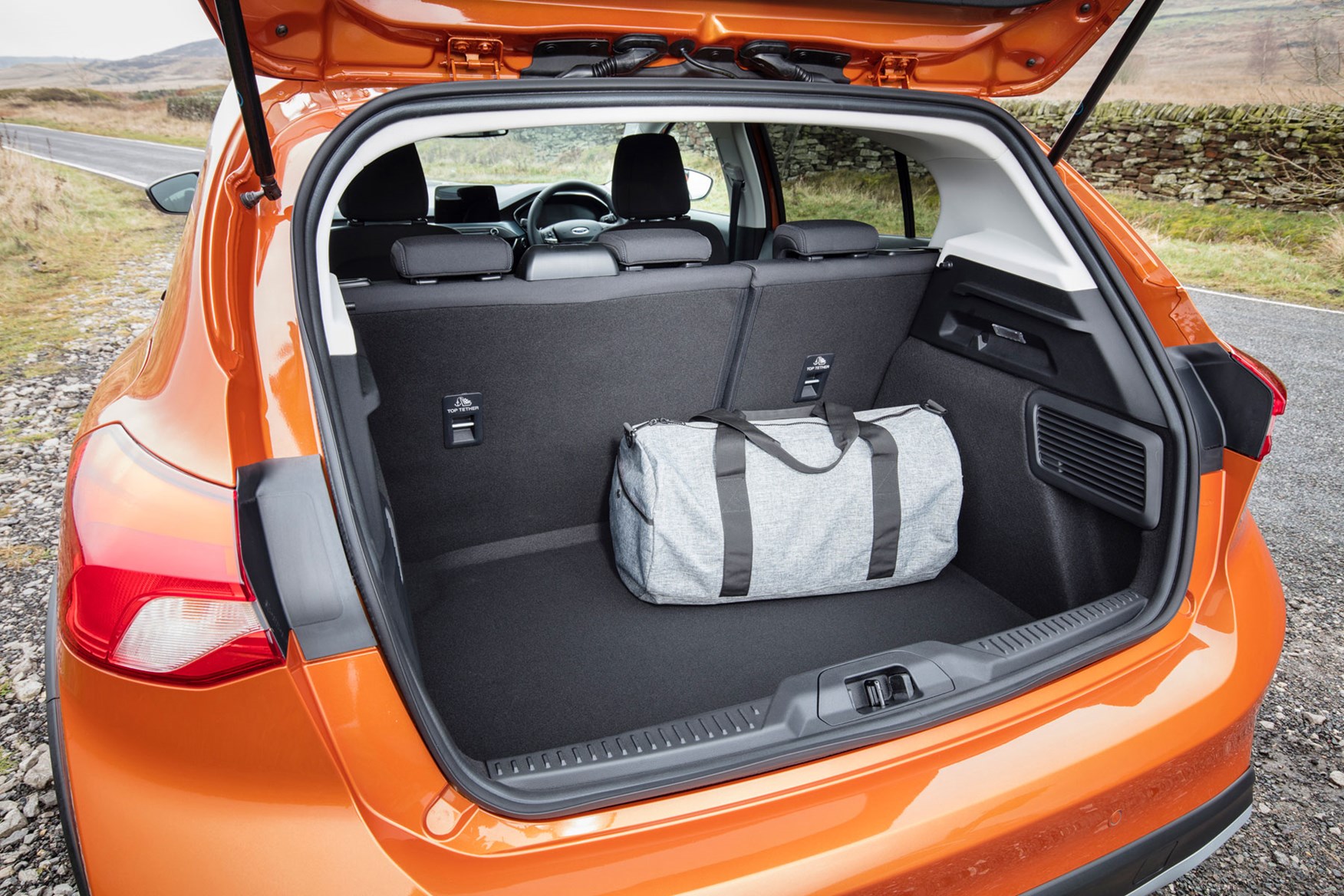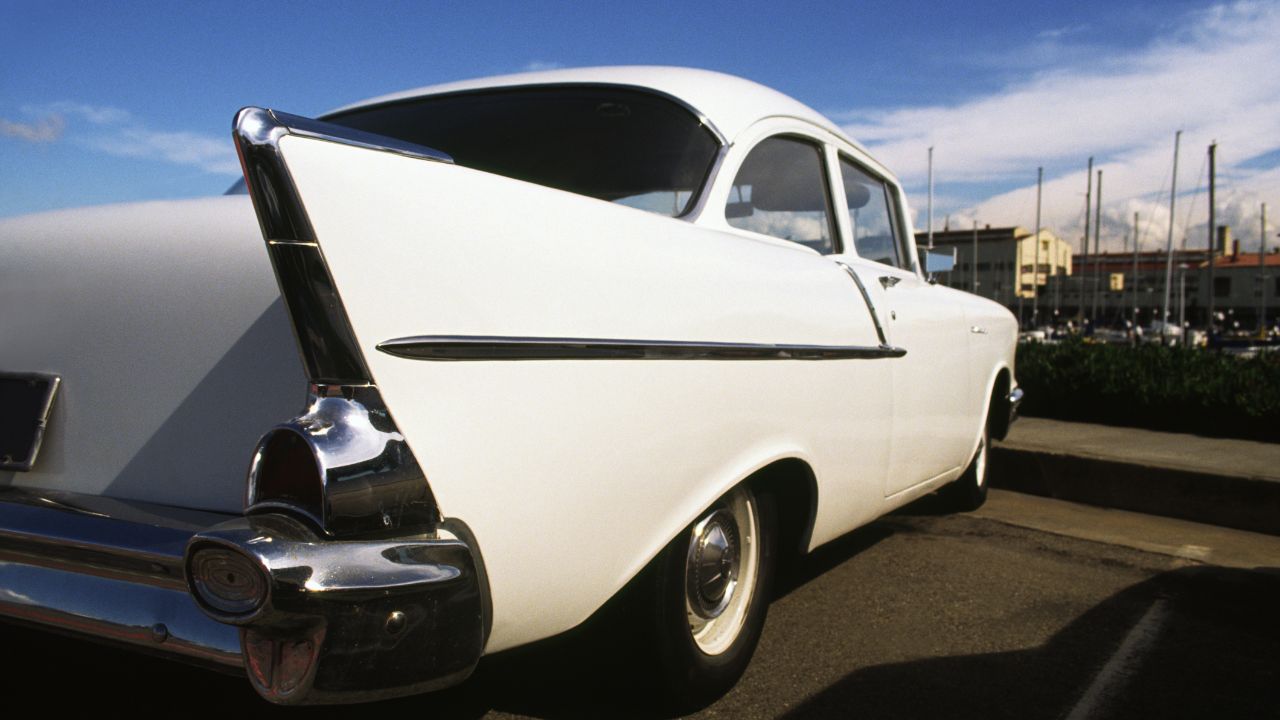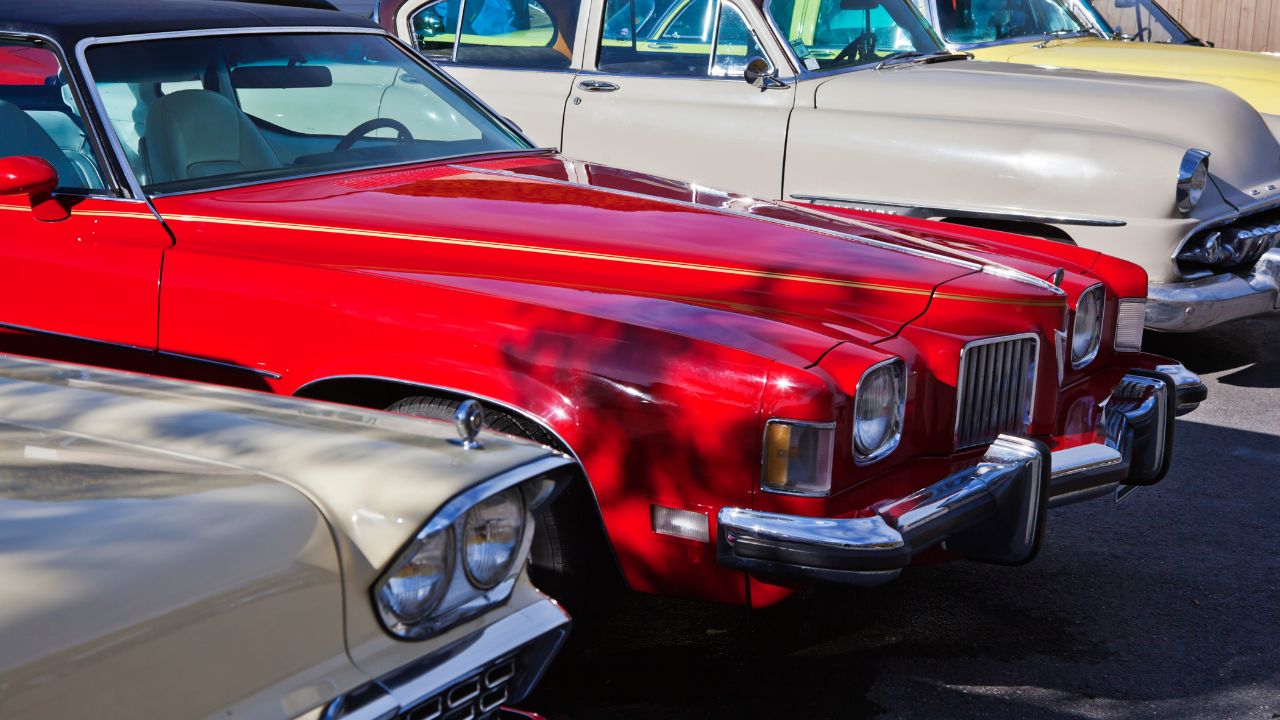
The perfect place to find a classic 1980s sportscar is here. Below are some examples we love. We also include Pontiac Fiero GT as well as the GM F-Body and the Saab Turbo 16S GT GT. But what other 80s cars deserve your attention? Continue reading to find out more about the performance history of each model.
Pontiac Fiero GT
The first production Pontiac Fiero was a two-seat mid-engine sports car that was produced from 1984 to 1988. The Fiero was Pontiac's moral victory, and the car was a viable alternative to Chevrolet's Corvette. Although the Fiero was initially intended as a commuter-car, it was actually a low-mileage mini that met CAFE standards.
GM F-Body
The GM-80 Camaro and Firebird would have remained part of the GM F-Body line, but with updated design and performance. The third-generation Camaro's platform has been redesigned to reduce weight and improve handling. The car used steel structural frames, molded plastic panels and steel panels. Engineers considered extruding aluminum tubular structures or rolling steel tubes. Ultimately, they chose composites because of their corrosion resistance and cost savings.

Saab Turbo 16S GT
From the 1980s, the Turbo 16S was one Saab's most loved models. In 1982, Saab began exporting its cars and introduced the Automatic Performance Control (APC). This system allowed the car run on different grades and gasoline without causing any damage. GLE and Turbo received central locking doors. Turbo received Asbestos-free brakes. Front pads were semi-metallic, while rear ones were silica-based. The GLE model got a new central unit in 1984. Additionally, the bumper decor strips became larger.
Buick GNX
The Grand National Series and GM's 1982 and 1980 championships in this series inspired the GNX. Darrell Waltrip, the winning driver for Buick in those years, drove the GNX-based Buick Regal. The engine's 4.1-liter naturally-aspirated V6 was capable of generating 125 horsepower. It was manufactured until 1983 when the Buick GNX was discontinued.
Saab 944
The Porsche 944 was one of the first high-performance turbocharged sports cars to hit the US market. The Porsche 944 was produced in a very short time between 1983 and 1991. However, its performance was enough to make Porsche 911 owners forget about it. The 944 was manufactured until 1991. Its production numbers range from 2,402 - 3,098. The model number is usually found in the US market as WPOBA or WPOCB.
Porsche 959
The Porsche 911 Carrera S is faster than the Porsche 959, but it's not as fast. Although the body weighs in at 1,450 kg less, the handling of the 959 is remarkable. Although the anti-lock brakes work well, the car's body is not as tight. This can make it difficult to avoid bumps at Molecomb corner. A spirited drive may be in order for the Porsche 959, which was a popular sports car during its golden age.

Saab Turbo 16S GT GT manual transmission
The Saab Turbo 16S GT is one of the few cars that was produced with a manual transmission. The car's 2.4-liter 4-cylinder engine and five-speed manual transmission provided a pleasant driving experience. The car's suspension system was built to provide protection against road irregularities. Its rear and front double wishbone suspensions provided excellent handling. The rear suspension system was a traditional beam axle with a Panhardrod stabilizing it. Watts linkages connected axle to chassis, allowing driver to adjust various vehicle functions. The vehicle's lower control arm was attached at its bottom. While the upper link was on the top, it faced the rear. Power steering was available on the Saab Turbo 16S GT.
FAQ
How long is an apprenticeship for an automotive mechanic?
An automotive mechanic apprenticeship takes around three years to complete. This includes two years in school and two as an apprentice. The first year is used to learn all aspects of the trade including safety procedures and theory. You'll also learn how tools can be used safely and efficiently during this year. After the completion of the first year, you will spend another year on the job training. Here you'll gain valuable experience in different trades. You will have the opportunity for formal training during these years.
The final year is dedicated to earning certifications and qualifications in the field. These include NVQs (National Vocational Qualifications), which are awarded after passing exams covering specific topics within the industry. There are also HNCs (Higher National Certificates), which cover general subjects like management, business administration, customer service, and more. City & Guilds certificates offer qualifications in certain trades.
Is it hard to get work as an auto mechanic?
Yes, it is possible. Many garages list their vacancies online. Many people simply apply for the fun of it. Try applying to a few jobs and seeing if the garages accept student applications. Another option is to ask family members and friends if anyone works in this industry. They may be happy and willing to recommend someone.
What qualifications do I need to become a mechanic?
You will need to pass several exams in order to become a mechanic. These exams include:
-
A general knowledge test
-
A practical exam
-
An apprenticeship test
These tests are designed to ensure that you understand the basic concepts of mechanical engineering and physics before you start working as a mechanic.
You'll be eligible for work as a mechanic after you have passed the tests. You will still need to complete an apprenticeship. This will involve training in the trade.
To learn all there is to know about fixing vehicles, you will need workshops and classes. It will be necessary to work alongside experienced mechanics.
To be a successful mechanic, you will need to have a high degree of concentration and attention. You will need to pay careful attention to every aspect when repairing vehicles.
To be a successful mechanic, patience and perseverance are essential. If you don’t enjoy following instructions, this might not be the right career path.
If you enjoy cars and fixing them, this job could be a good fit for you.
What is the best career for an automotive mechanic?
For those who are passionate about excellence, automotive is a rewarding industry. Working hard and learning from others is the best way to be successful in this field.
Excellent communication skills are essential as you will spend most of the time speaking to customers or other employees. You should also be willing to travel and work long hours, making commuting difficult.
If you are interested in a career working in automotive, then consider attending classes at community colleges. Many schools offer programs specifically designed for students interested in auto repair, sales, or customer service.
Mechanical engineering is a good choice if you are interested in pursuing a degree. It's possible to get a bachelor's degree in just four years.
In addition, many companies will hire graduates straight out of school. You should start looking for employment as soon as you are able to continue your studies part-time.
After you've finished your education, it's likely that you'll need to go through some training before you can be hired as an auto technician.
You will need to pass the Automotive Service Excellence certification exam. This test covers topics including engine maintenance, brakes, steering systems, suspension, and more.
After passing the ASE exam, you can apply for a National Institute for Automotive Service Excellence license.
You can repair vehicles owned by private citizens with a license. You'll get compensation based on the amount of services you perform.
Not all states require licensing. However, licensing is required for anyone who plans to work outside the home state.
Some states don’t issue licenses until a certain amount has been completed. If this is you, you may need another option.
Statistics
- According to the BLS, total auto technician employment is expected to exceed 705,000 by 2030. (uti.edu)
- The U.S. Bureau of Labor Statistics (BLS) reports that the job outlook for automotive service technicians and mechanics is expected to decline by 4% from 2019 to 2029. (indeed.com)
- 52% of Mechanics in the United States think their salaries are enough for the cost of living in their area. (indeed.com)
External Links
How To
How to set up a business plan for a car repair shop
Before you start anything, you should have a good grasp of the basics of starting a business. The first step is to make sure that you understand what type of business to get into. Consider starting in a small area with few competition. This way, if things don't go well, you won't have to work too hard to find another job. It is a good idea to pick a place near a large population if you are going to open an auto repair shop. You'll have customers who can come see you when they need help and will also be able sell them new parts at affordable prices.
A franchise opportunity might be a good option for you when starting your business. Franchises typically require less capital than traditional businesses. However, you still have to pay royalties and fees to the franchisor every month. It is important to be cautious when choosing a franchise. They often promise big returns but fail to deliver on those promises.
If you have retail experience, you may be able to start your own auto-repair shop. Many who own their own businesses agree that it was the best decision they made. However, you still need to create a business plan before you begin. Write down everything that you want your company to do. Some examples of goals might be increasing sales, customer service and lowering costs. These goals will help you to identify ways to accomplish them.
If you are interested in opening a repair shop for autos, the next thing is to determine how to finance it. Most people borrow money from banks and credit unions to fund their businesses. Banks typically require collateral, meaning you must have something of value to offer as security. You can even get loans for your home. To be eligible for a loan you must prove that you have sufficient cash flow to repay it.
Once your business has been funded, you will need a license. There are several licenses that you could obtain, depending on the type and purpose of your business. For example, auto mechanics are required to have a state license, while body shops are only required to have a federal license.
It's not necessary to develop a marketing strategy. Before you begin advertising, you will need to establish what your company stands out for. What makes your company different from other companies in this regard? How can you build on what others have done in your industry? These questions are part of creating a strong brand image. With this information, you'll be better prepared to design effective advertisements.